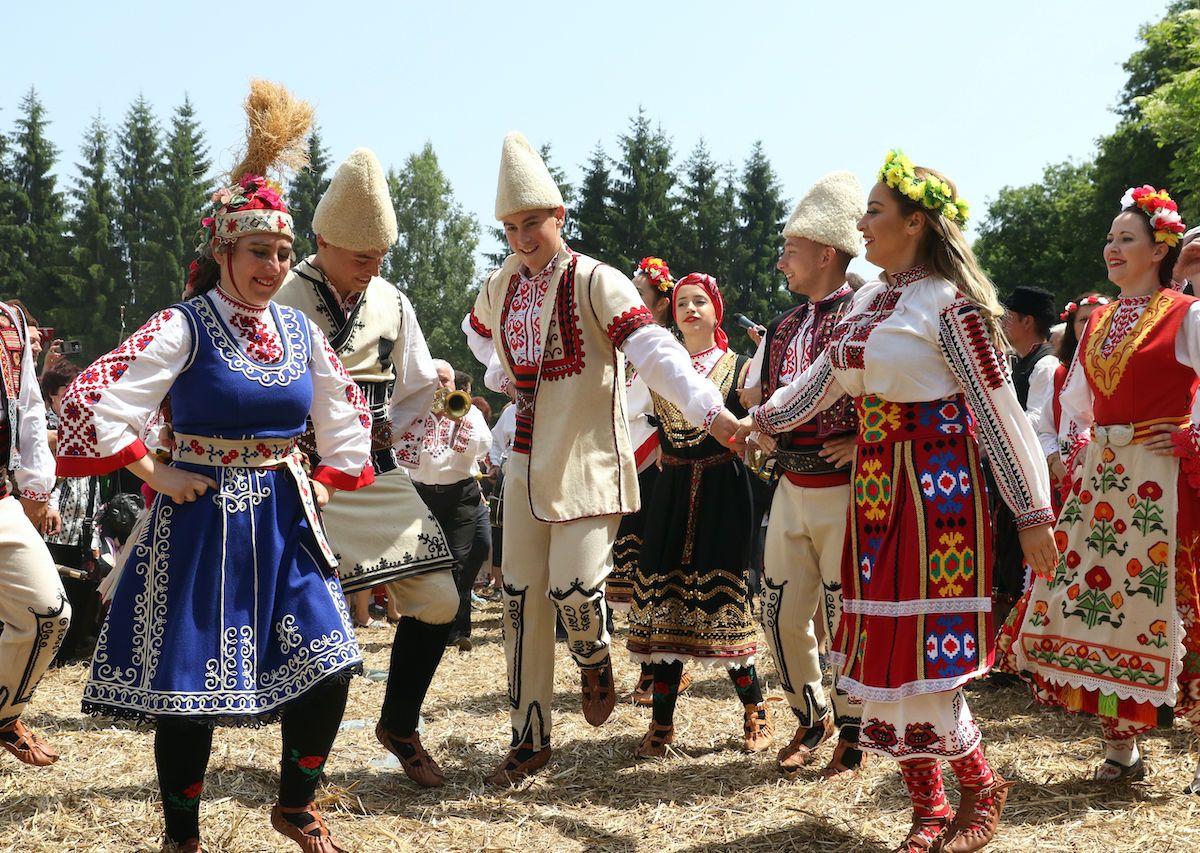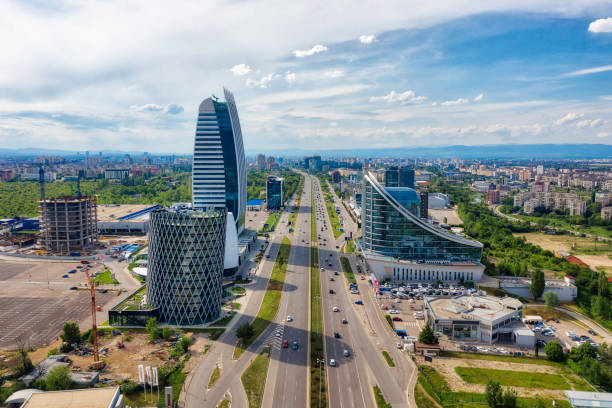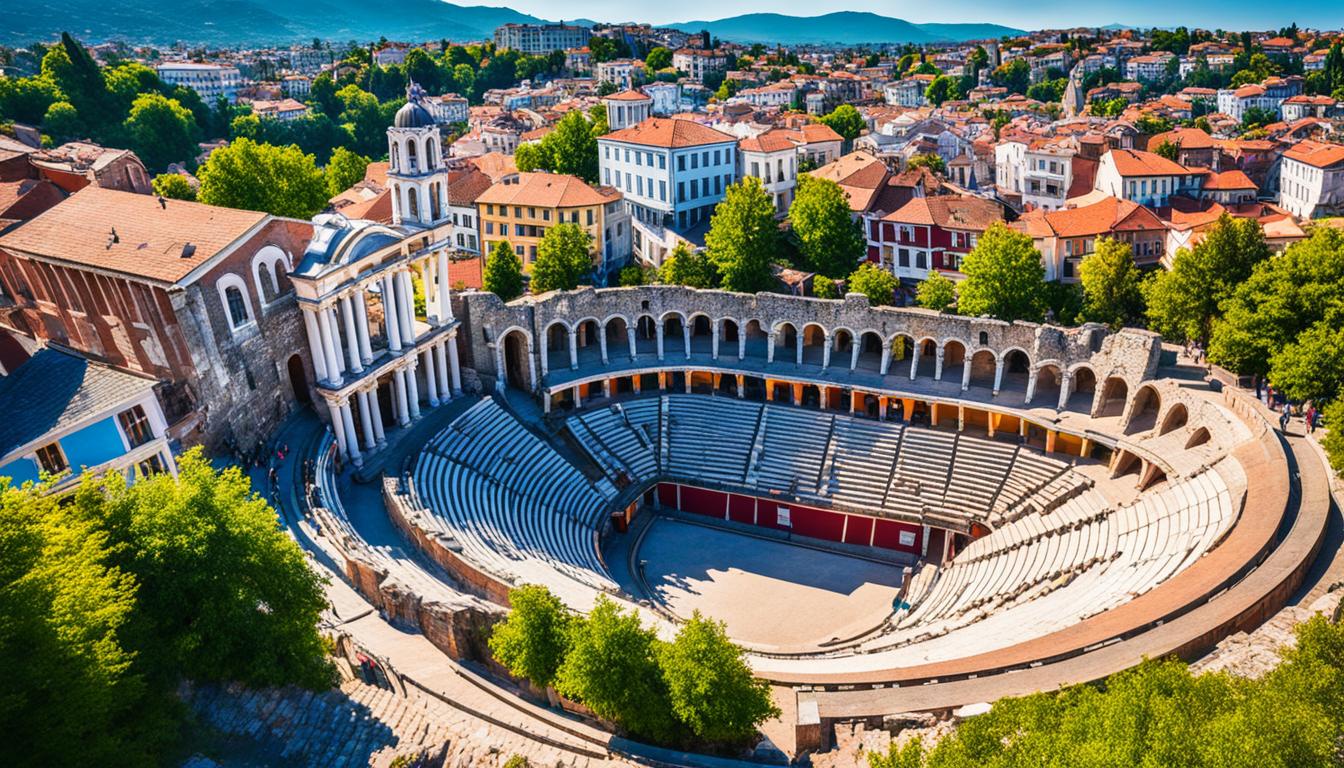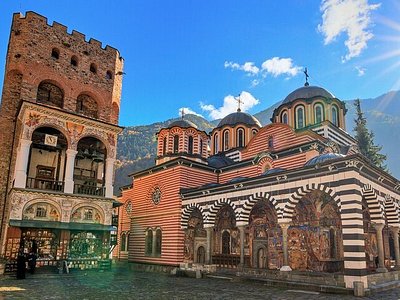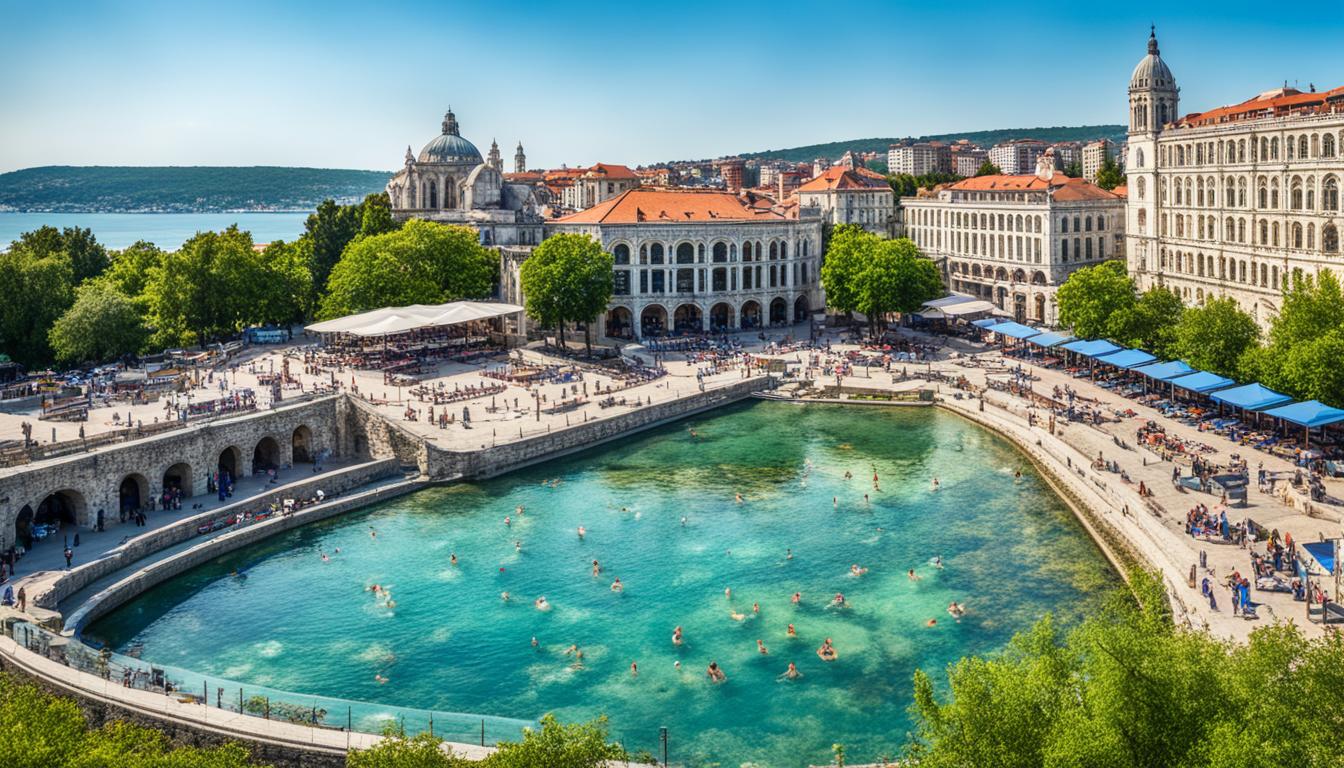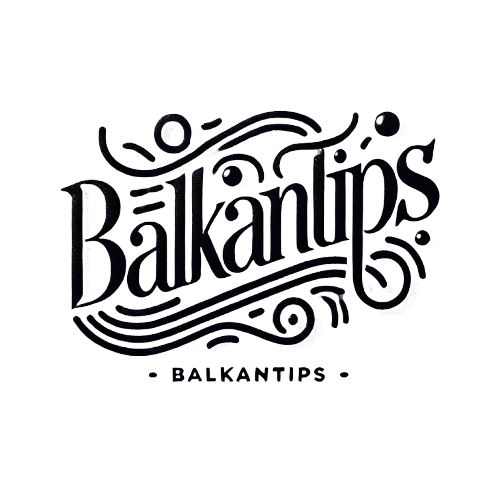

Explore the stunning Adriatic coast, rich culture, and unique history of Bulgaria.
Bulgaria is a country with a rich tapestry of history, culture, and scenic beauty, combining ancient heritage with modern influences. Here are key periods in Bulgaria's historical development: Ancient Thrace: Bulgaria's territory was originally inhabited by the Thracians, an ancient civilization known for their art, music, and warrior culture. The region was later influenced by the Greek and Roman Empires, leaving ruins of cities, amphitheaters, and fortifications. First Bulgarian Empire: Founded in 681 AD, the First Bulgarian Empire became a major power in Southeastern Europe, known for its culture, literacy, and military strength. It established Orthodox Christianity as the official religion in 865, marking a significant cultural milestone. Second Bulgarian Empire: Following a period of Byzantine rule, the Second Bulgarian Empire was established in 1185, experiencing a golden age in art, literature, and architecture. The empire eventually fell to the Ottoman Empire in 1396. Ottoman Rule: For nearly five centuries, Bulgaria was under Ottoman control, which significantly influenced its culture, cuisine, and traditions. However, the Bulgarian spirit of resistance remained, leading to the eventual liberation. Liberation and Kingdom of Bulgaria: Bulgaria gained independence from Ottoman rule after the Russo-Turkish War in 1878. Soon after, the Principality of Bulgaria was established, eventually becoming a kingdom and experiencing a period of modernization and cultural revival. World Wars and Political Shifts: Bulgaria fought in both World Wars, experiencing territorial changes and shifting alliances. After World War II, Bulgaria came under Soviet influence and became a People's Republic, with a Communist government. Post-Communist Bulgaria: The fall of Communism in 1989 marked Bulgaria's transition to democracy and a market economy. Bulgaria joined NATO in 2004 and became a member of the European Union in 2007, signifying its integration into the European community. Modern Bulgaria: Today, Bulgaria is celebrated for its beautiful Black Sea coastline, mountainous landscapes, and cultural festivals. The country continues to grow economically and is a popular destination for travelers seeking history, nature, and unique traditions.
Bulgarian culture is a diverse blend of Slavic, Ottoman, Byzantine, and ancient Thracian influences. Known for its deeply rooted folk traditions, colorful celebrations, and hospitality, Bulgaria’s cultural identity is reflected in its music, dance, crafts, and unique customs that have been passed down for centuries.
Visual Arts: Bulgaria has a rich artistic tradition, including vibrant frescoes, mosaics, and intricate handicrafts. Bulgarian artists draw inspiration from the country's landscapes, folklore, and history. The Bulgarian National Revival period (18th-19th century) played a crucial role in shaping modern Bulgarian identity, reflected in its art and literature.
Iconography: Bulgarian Orthodox iconography is highly regarded, characterized by stylized saints and vivid colors. Many Bulgarian churches and monasteries, such as the Troyan Monastery, are adorned with intricate frescoes and icons that tell biblical stories.
Architecture: Bulgarian architecture blends various styles, reflecting its historical ties to Eastern Orthodoxy, the Ottoman Empire, and European influences. Notable landmarks include:
Bulgaria is home to numerous vibrant festivals, many of which celebrate folk traditions, Orthodox Christian holidays, and ancient rituals. These festivals provide a glimpse into the country’s history and sense of community.
Bulgarian cuisine is known for its fresh ingredients, unique flavors, and influences from the Mediterranean, Balkan, and Turkish culinary traditions. Many dishes are hearty, flavorful, and often use locally sourced produce and dairy.
Bulgarian music is known for its unique rhythms and harmonies, particularly its traditional folk music, which has gained international recognition. The complex vocal harmonies of Bulgarian women’s choirs, especially the “Mystery of the Bulgarian Voices,” are famous worldwide.
Bulgarian folklore is filled with tales of mythical creatures, heroes, and spirits. Stories are passed down through generations, often tied to the country’s landscapes and historical events.
Early Origins of the Bosnian Language
Proto-Slavic Roots: The origins of the Bosnian language, like other South Slavic languages, can be traced back to Proto-Slavic, spoken by early Slavic tribes who migrated to the Balkans in the 6th and 7th centuries AD. Over time, regional dialects developed within the South Slavic languages, giving rise to distinct linguistic identities.
Arrival of the Slavs: The Bosnians, part of the South Slavic group, settled in the region of present-day Bosnia and Herzegovina in the early Middle Ages. They spoke a variant of Old Slavic, which would eventually evolve into the Bosnian language we know today.
Old Church Slavonic Influence: In the 9th century, Old Church Slavonic, codified by Saints Cyril and Methodius, was introduced to the region, primarily for religious texts. This language, along with the Glagolitic and Cyrillic scripts, influenced early Bosnian writing and religious literature, especially in ecclesiastical contexts.
Medieval Dialects: During the medieval period, the Bosnian language developed unique characteristics. Bosnian Cyrillic, also known as Bosančica, was widely used for administrative and legal documents. The language displayed distinctive phonetic, lexical, and grammatical features, differentiating it from neighboring languages.
Bosnian Cyrillic Script: Bosančica, a variant of Cyrillic script, became prominent in medieval Bosnia and was widely used in official documents and literature. This script was unique to Bosnia and contributed to the formation of a distinct Bosnian literary tradition.
Influence of Turkish and Arabic: During the Ottoman period (1463-1878), Turkish and Arabic had a significant impact on the Bosnian language, especially in vocabulary related to administration, law, and daily life. The use of Arabic script for writing Bosnian, known as Arebica, also emerged during this time.
Arebica: This variant of the Arabic script was adapted for Bosnian and used by Bosniaks, particularly for religious and literary texts. Although less common today, Arebica played a crucial role in Bosnian cultural history.
Bosnian Linguistic Revival: In the 19th century, as part of a broader South Slavic national awakening, there was a renewed interest in developing and standardizing the Bosnian language. Efforts were made to establish Bosnian as a distinct language with its own identity, drawing on historical scripts and dialects.
Influence of the Illyrian Movement: While the Illyrian Movement primarily affected Croatia, it also inspired Bosnian intellectuals to recognize and preserve Bosnian linguistic heritage.
Standardization: Following Bosnia's independence in the 1990s, efforts intensified to standardize Bosnian, with the Shtokavian dialect as its basis. Modern Bosnian is officially written in the Latin script, though Cyrillic is also recognized.
Modern Influences: The Bosnian language has absorbed words from Turkish, Arabic, German, Italian, and English, reflecting the country’s complex history and cultural diversity.
Phonology: Bosnian has a diverse phonemic inventory, with five vowels and various consonants influenced by Arabic and Turkish loanwords.
Grammar: Bosnian, like other South Slavic languages, is highly inflected, with nouns, pronouns, and adjectives that change form based on case, number, and gender. Bosnian has seven grammatical cases, adding complexity to its structure.
Vocabulary: Bosnian vocabulary is primarily of Slavic origin, but Turkish, Arabic, and more recently English influences are evident, particularly in modern-day vocabulary related to technology and international relations.
Early Origins of the Bulgarian Language
Proto-Slavic Roots: The Bulgarian language, part of the South Slavic linguistic family, originated from Proto-Slavic, spoken by early Slavic tribes that migrated to the Balkans around the 6th and 7th centuries AD. Over time, these early dialects began to evolve, setting the foundation for what would become the Bulgarian language.
Old Bulgarian and the First Bulgarian Empire: As the Bulgars and Slavs united in the First Bulgarian Empire in the 9th century, the language evolved into Old Bulgarian (or Old Church Slavonic). Old Bulgarian became the first literary Slavic language and was used in religious texts across the Slavic-speaking world.
Saints Cyril and Methodius: The creation of the Glagolitic script by Saints Cyril and Methodius was a revolutionary step in spreading Christianity and literacy among the Slavs. This script was later adapted into the Cyrillic alphabet in the Bulgarian Empire, establishing a lasting cultural legacy.
Old Bulgarian Literature: Under the First and Second Bulgarian Empires, Bulgaria became a major literary and cultural hub in the Balkans. The Bulgarian church and monasteries produced important religious, legal, and literary works in Old Bulgarian, creating a rich literary tradition that influenced other Slavic cultures.
Development of the Cyrillic Script: The Cyrillic alphabet, based on Glagolitic and Greek letters, was developed within the Bulgarian Empire and became a key unifying force for Slavic people. The alphabet is still used today in Bulgaria and other Slavic nations, symbolizing Bulgaria's lasting cultural impact.
Golden Age of Bulgarian Culture: During Tsar Simeon the Great's rule, Bulgaria experienced a "Golden Age" of culture and literature. Scholars and writers produced notable works, including chronicles, religious texts, and legal codes, which helped to establish Bulgarian as a major Slavic literary language.
Turkish and Arabic Influence: With the Ottoman Empire’s conquest in the late 14th century, Turkish became the administrative language, and many Turkish and Arabic words entered Bulgarian vocabulary, especially in areas such as governance, daily life, and food.
Greek Cultural Influence: Greek was also prominent in the Bulgarian cultural and religious sphere, particularly within the Orthodox Church, adding Greek vocabulary and liturgical practices to Bulgarian life.
Folk Literature and Oral Tradition: During Ottoman rule, Bulgarians preserved their culture and language through folk literature, oral storytelling, and religious practices. Folk songs, epic poems, and tales played a key role in maintaining a Bulgarian identity under Ottoman influence.
Bulgarian National Revival: The 19th century saw a cultural renaissance known as the Bulgarian National Revival. Intellectuals, writers, and revolutionaries promoted the Bulgarian language and culture as a foundation for national identity, contributing to linguistic standardization and national pride.
Païssi of Hilendar: Païssi’s "History of the Bulgarian People" (1762) was one of the first works to promote the Bulgarian language and identity, inspiring Bulgarians to preserve their cultural heritage.
Standardization of Modern Bulgarian: Efforts to standardize Bulgarian culminated in the creation of a modern literary language based on Eastern Bulgarian dialects. Key figures in this movement, like Petar Beron and Lyuben Karavelov, contributed to developing modern Bulgarian grammar and vocabulary.
Post-Liberation Reforms: After Bulgaria gained independence from the Ottoman Empire in 1878, the country focused on standardizing and modernizing the language. The Cyrillic alphabet remained central to Bulgarian identity, and new words and phrases were developed to reflect contemporary society.
20th Century Evolution: Throughout the 20th century, Bulgarian absorbed vocabulary from Russian during the Soviet influence period, particularly in areas like science, politics, and technology. Following the fall of communism, English loanwords became more common, especially in business and technology.
Globalization and Language Shift: Today, English has a strong influence on Bulgarian, with many young Bulgarians adopting English terms in daily speech. However, there are ongoing efforts to preserve traditional Bulgarian words and expressions in response to globalization.
Phonology: Bulgarian has a relatively simple vowel system and a rich consonant inventory. Notable phonetic influences from Turkish and Greek are evident, particularly in loanwords and place names.
Grammar: Unlike other Slavic languages, Bulgarian has largely lost its case system, except in pronouns. Bulgarian also has a unique verb tense structure, including evidential verb forms that indicate the source of information (e.g., witnessed, heard from someone).
Vocabulary: Bulgarian’s vocabulary is primarily Slavic but includes significant Turkish, Greek, and, more recently, English influences. Modern Bulgarian reflects both historical connections with the Ottoman and Soviet eras, as well as contemporary globalization.
Efforts to Protect Language: In response to the spread of English and other foreign influences, there are active movements in Bulgaria to preserve and promote the Bulgarian language. Language academies and cultural organizations are working to maintain the traditional vocabulary and discourage excessive use of foreign loanwords.
Bulgarian in Education: Bulgarian is the medium of instruction in schools, and there is a strong emphasis on studying Bulgarian history and literature, ensuring that young Bulgarians understand and appreciate their linguistic heritage.
Revival of Folk Traditions: Traditional Bulgarian folk songs, dances, and festivals remain popular, reinforcing cultural identity and promoting the language. Events like the Nestinarstvo fire-dancing ritual and Kukeri masquerade festivals celebrate Bulgaria’s rich folklore and keep the language alive in local contexts.
